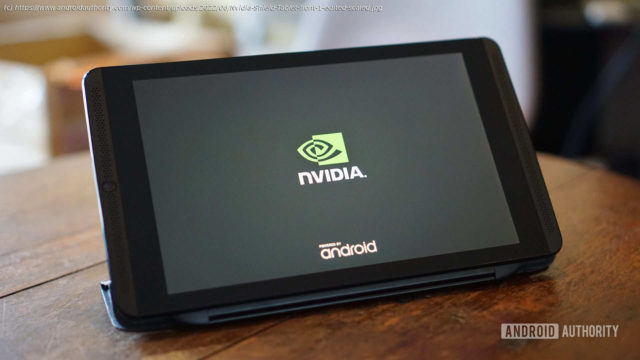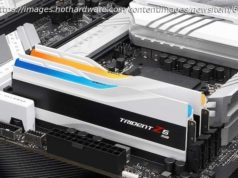NVIDIA’s gambit to power phones with its Tegra chips didn’t succeed, but the company now exerts great influence over the smartphone market.
Affiliate links on Android Authority may earn us a commission. Learn more.
Published on10 minutes ago
For a brief period this June, NVIDIA became the most valuable company in the world after surpassing Microsoft and Apple by a narrow margin. The company’s massive valuation jump comes from the AI boom led by OpenAI’s ChatGPT, Google’s Gemini, and others. Until recently, NVIDIA was almost exclusively known for making graphics hardware that targeted gamers and creatives. Go back just a few more years, however, and NVIDIA was trying to become a dominant player in the Android ecosystem.
Of course, NVIDIA’s presence in the smartphone industry was short-lived and we haven’t seen the company try to break into it again since the mid-2010s. Despite those setbacks, however, NVIDIA exerts greater influence over the modern smartphone experience than perhaps many of us realize. Here’s the story of how that transformation happened and why a traditionally graphics-oriented company today holds many clues to the future of Android.The Tegra gamble
Over a decade later, it’s easy to forget NVIDIA’s attempts to capture the Android market in its early days. The first-generation Nexus 7 in 2012, for example, was powered by NVIDIA’s Tegra 3 processor. The quad-core chip was a powerhouse at the time and propelled the Nexus 7 to widespread praise.
At the time, NVIDIA seemed unstoppable as Tegra increasingly looked like it would drive the next generation of Android devices. A year later in 2013, we witnessed the launch of the Tegra 4, which was significantly more powerful and designed specifically for mobile devices. It would also go on to power the NVIDIA Shield, the company’s first-ever portable gaming console.
However, despite strong performance benchmarks, the Tegra line of SoCs failed to achieve widespread adoption. Even though NVIDIA went the extra mile to port high-profile PC games like Portal, it didn’t find enough Shield Portable buyers to justify continuing the product line. The LG G2 Mini was one of the last smartphones to feature an NVIDIA chip — its Tegra 4i was a cut-down version of the Shield’s SoC.
Home
United States
USA — IT From flop to foundational: How NVIDIA quietly rules the smartphone market

![Samsung adding dust resistance to Galaxy Z Fold 6 and Flip 6, full specs & features leak [Gallery]](http://nhub.news/wp-content/uploads/2024/07/thumb22f44423b55e226621b11aefaffab887-238x178.jpeg)




